Types of hammers and their purpose
Today, a hammer is not just a product for hammering nails. It helps to complete all kinds of tasks. Manufacturers have long taken into account the interests of people of various professions, and therefore produce different types of hammers designed to perform a specific type of work. Thus, there are carpentry, straightening, carpentry, roofing, rock, geological and many other hammers, which, of course, have their own characteristics and each of them has a specific purpose.
The content of the article
Hammer design
As a rule, any hammer has one - classic - device.
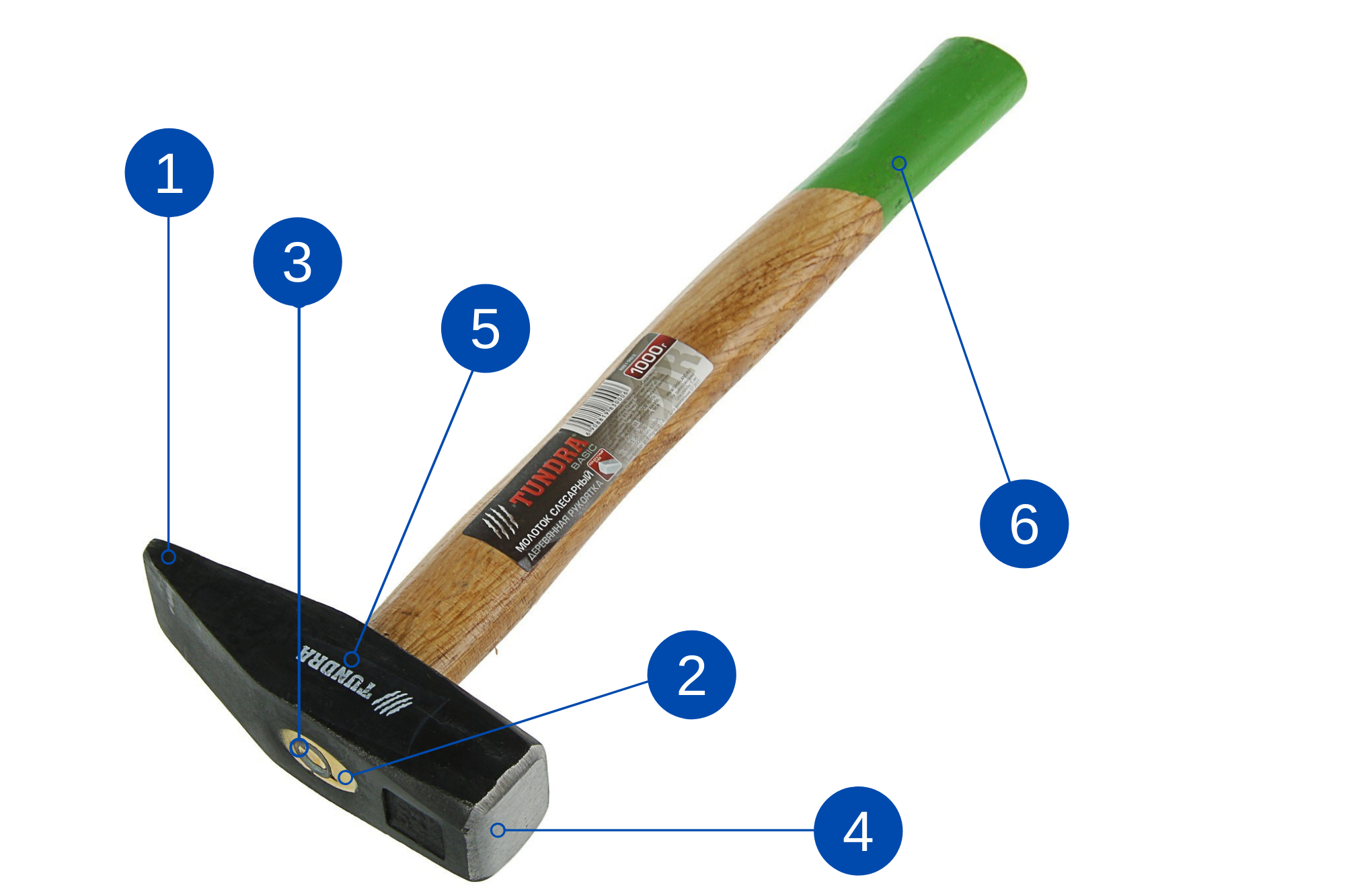
- Sock. Sometimes it is characterized by a forked shape - a tooth - and in this case it will already be a nail puller.
- Insertion - the hole into which the handle is inserted. To ensure the strength of the connection, a slight expansion is made from the middle to the top.
- A wedge is a metal or wooden element that provides better grip for the handle. However, it may be completely absent. In this case, fixation occurs with glue.
- The firing pin is the working striking part.It can be flat or convex, has sufficient area and strength, which allows it to withstand a considerable number of impact contacts with hard objects without deformation. In cross section it represents a square, rectangle or circle. In most cases, the head is made of metal, and this is the part that can be modified.
- The cheek is the lateral component of the head. Usually it is flat. Sometimes contains various auxiliary devices.
- The handle is usually made of wood, but other options exist. This element plays an important role. It not only determines the impact force, since it comes in different shapes and sizes, but is also responsible for the safe use of the tool, the degree of human fatigue during work, as well as the durability of the product as a whole.
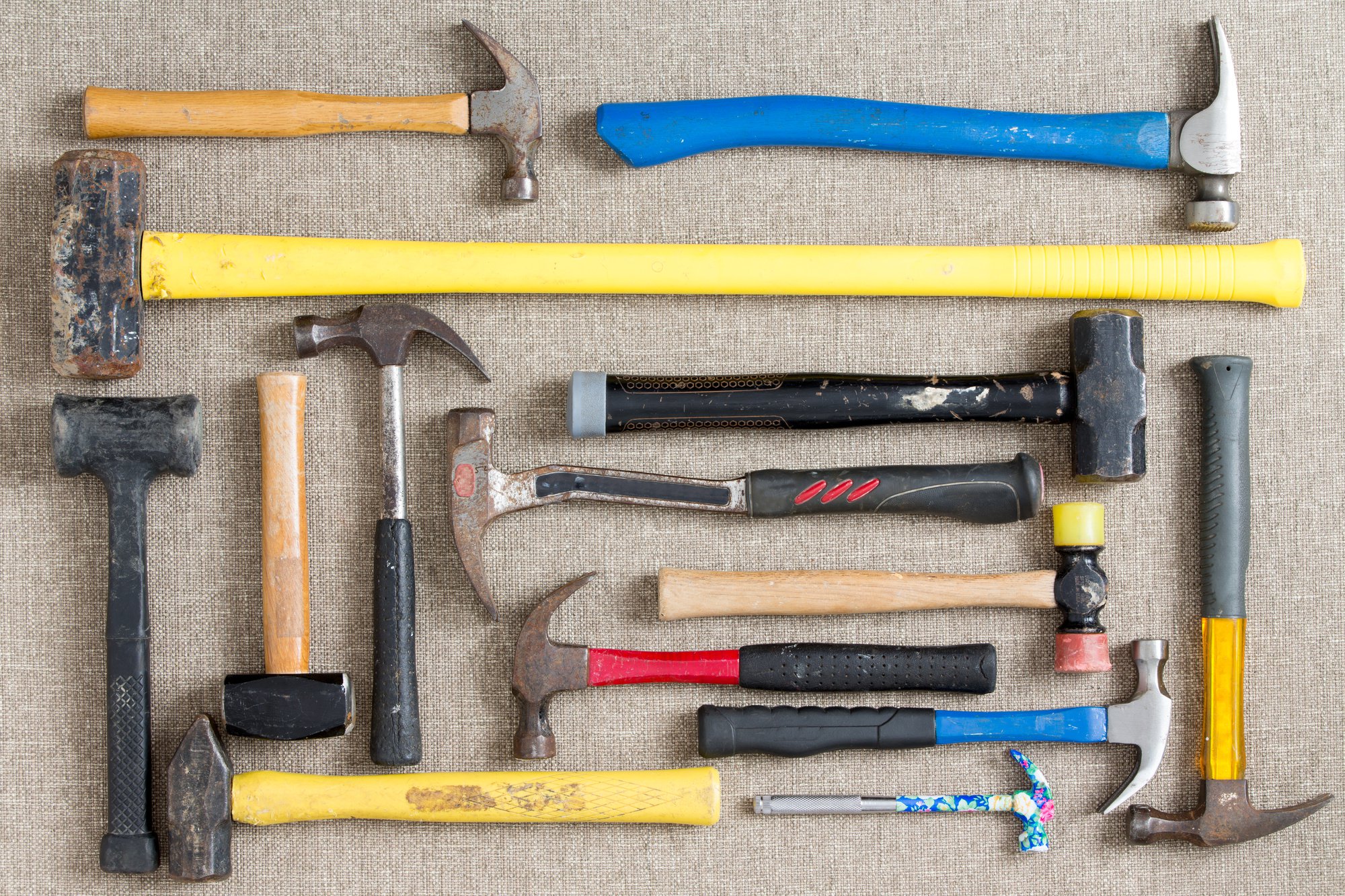
Types of hammers
Depending on the design and features, they are divided into many types. The improvement of this tool has made it possible to use it for different tasks and in all situations.
Common
Most of these hammers are found in ordinary homes - they can be said to be almost universal. In addition, their cost is quite affordable, and therefore any owner considers it necessary to have a couple of types in his arsenal in order to use them in certain situations to facilitate specific work.
Carpentry and carpentry
A characteristic feature is the shape of the back. The sock is made in the form of a “dovetail” and is used to remove nails.
These hammers are used for the installation of various load-bearing and auxiliary structures made of wood, as well as for turning and manufacturing products made of wood or based on it.Some types have special slots on the head for attaching nails or a magnetized striker, which helps fix the fasteners in the correct position if the work is done with one hand.
The flat part of the nail puller can be straight or curved (like a hook). Its presence expands the functional resources of the tool.
Since for such products more importance is attached not to the force of the impact, but to its accuracy, the impact part is often perfectly flat.
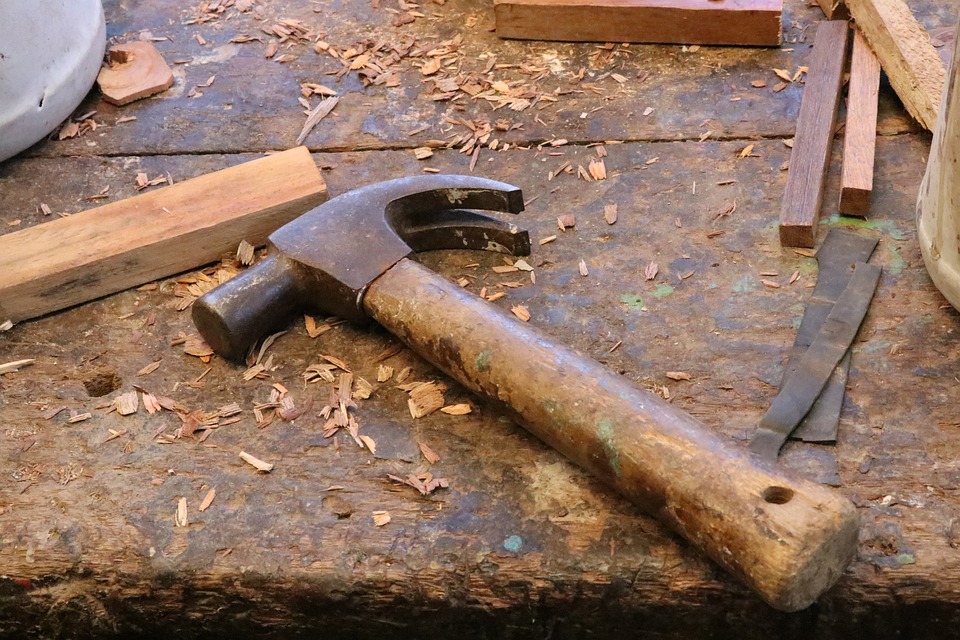
Locksmith
It is similar to a carpentry one, but the rear element is made in the form of a wedge, and the striker is slightly convex. As a rule, the metal of the striking part is hardened to 45-50 units, which allows you to avoid damage when working with a core or chisel. The handles are usually covered with oil-resistant linings.
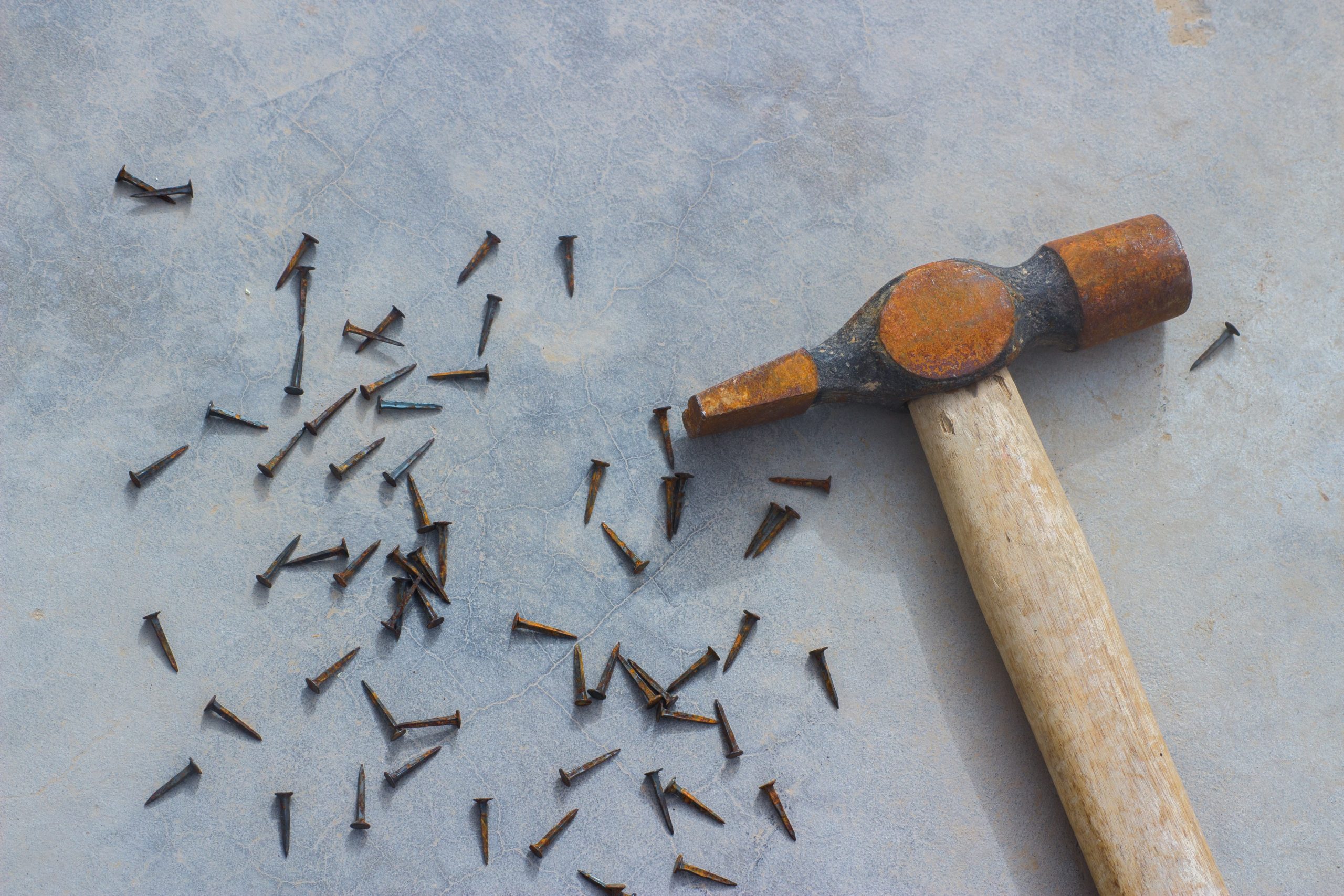
For drywall
It has a slightly unusual shape. On one side there is a firing pin, and on the other there is a hatchet. In fact, this is very convenient when installing plasterboard structures - with the striking part they work with the wall or ceiling (for example, to beat it off), and with a hatchet the sheets are cut and/or holes are made.
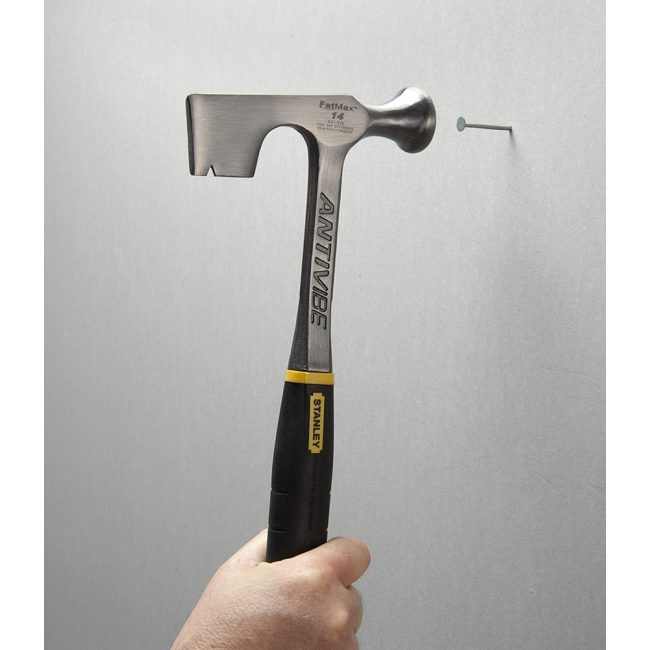
Welder hammer
This unique tool is equipped with a round chisel at one end and a vertical chisel at the other.
Its handle has an unusual spiral design, more like a spring. This helps dissipate heat, and the hammer itself is used to remove slag from weld spots after the weld has had time to cool.
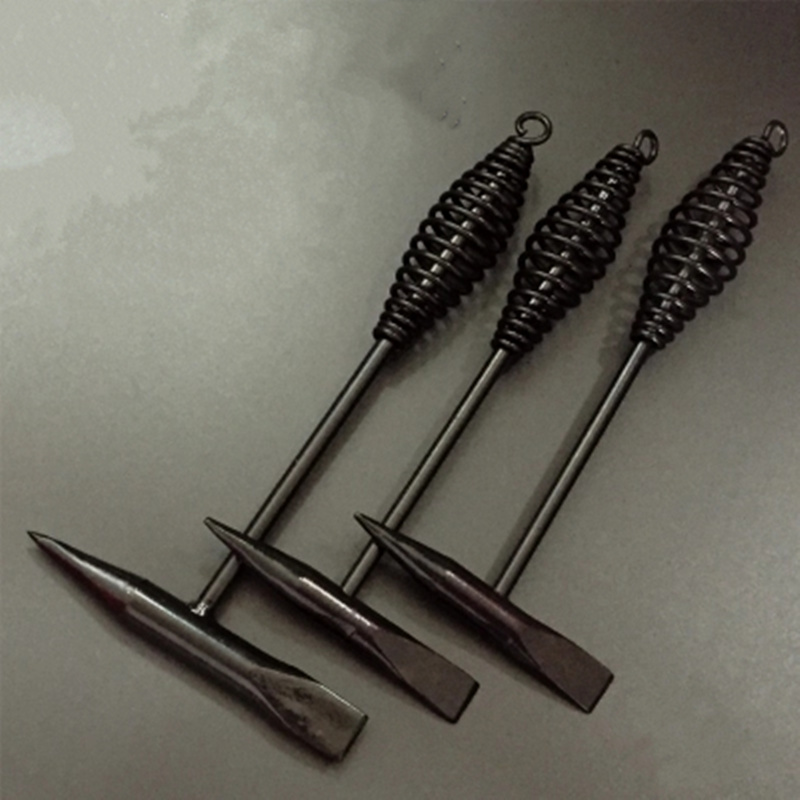
Bushhammer
This tool can often be found at construction sites. The toe is flat and carefully sharpened, which allows you to break the brick quite accurately, for example by 1/3, and as evenly as possible. They also use it to clean the masonry from any remaining mortar, beat off the plaster, and generally chip off anything solid.
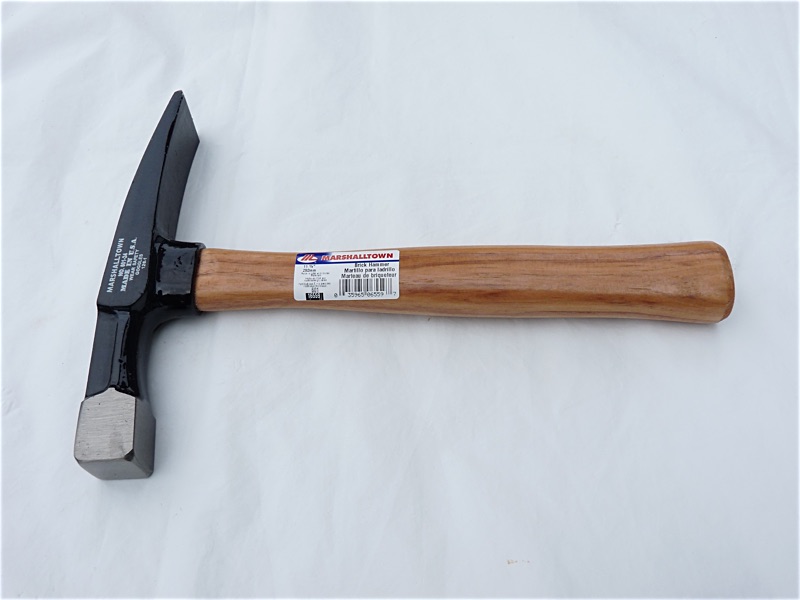
Tiled
The main thing here is not strength, but an accurate hit and the ability to do the job accurately. Therefore, the mass of this hammer is very small. But the strength of the head should be quite high. Use the tool only for splitting tiles and for adjusting them.
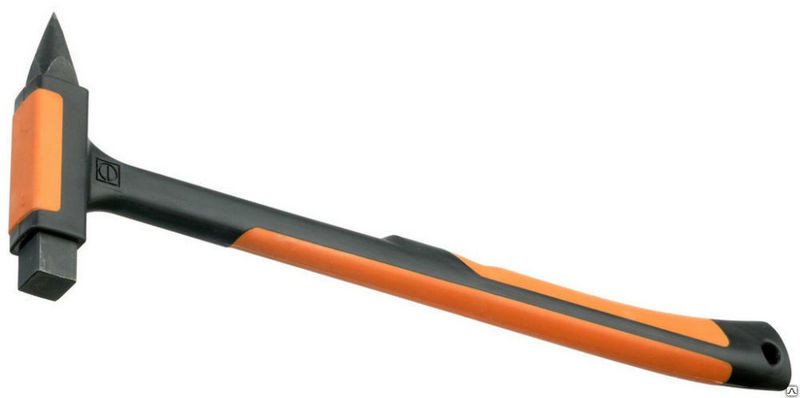
Roofers and slate hammer
The structure is reminiscent of a carpenter's, except that the back part is made not like a nail puller, but in the form of two wedges: one short, the other longer. This tool helps make holes in materials for fasteners. A wedge can also be used to pry up boards.
A roofer's hammer, as well as a carpenter's, may have a special recess with a magnet for a nail.
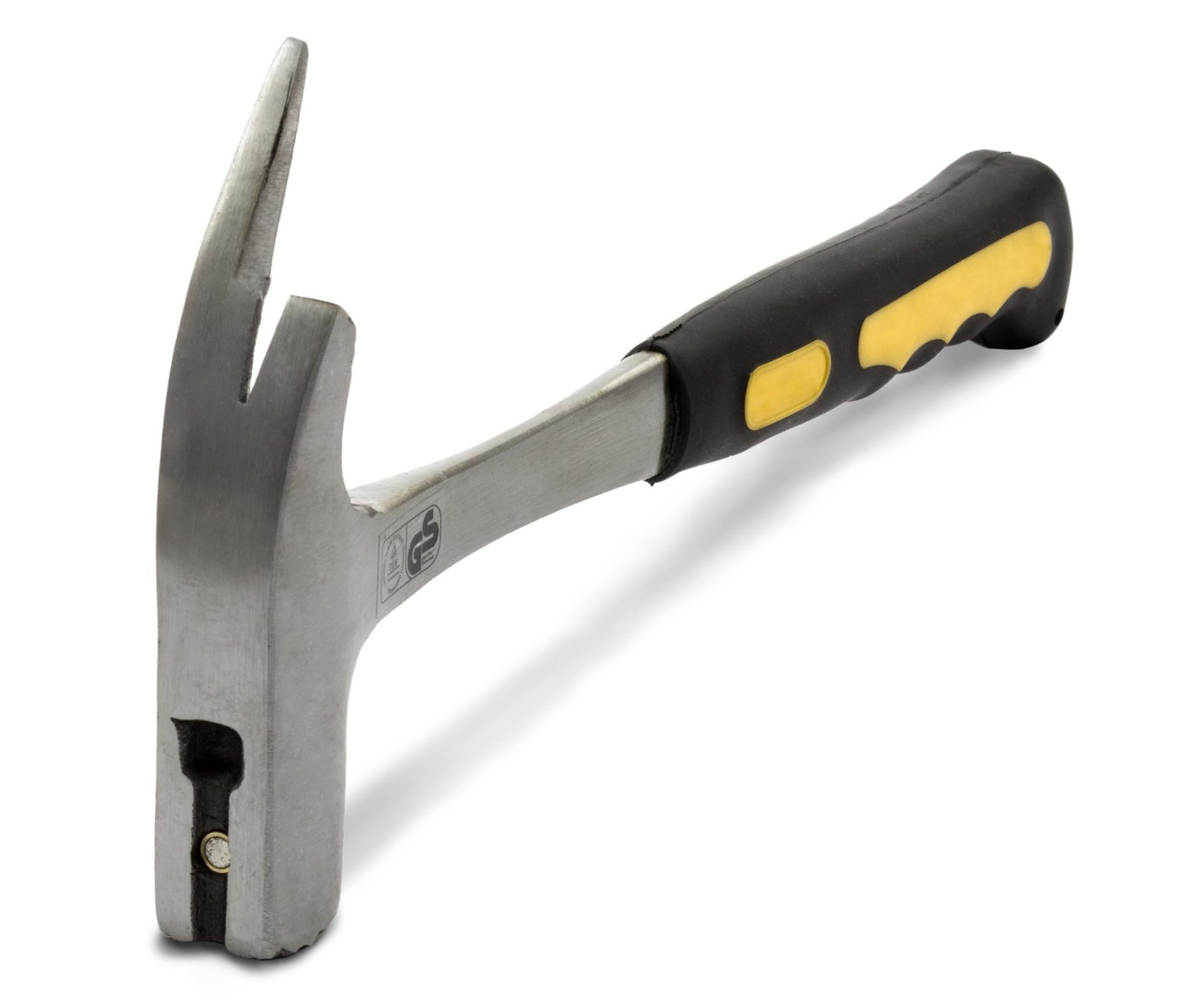
Straightening
Used for body work. Helps to knock out and straighten the part. Available in different versions. In such a tool, the greatest importance is given to the strength of the striker part, so that it is firmly seated on the handle and does not dangle - in this case, straightening the body will be more successful. A characteristic feature is that the handle of this hammer should not be thick: the product springs during operation, and a thick handle will only interfere with this. As for the striker, it is made round on one side, while square on the other. This gives the tool versatility.

Mallets
Outwardly similar to a hammer, but the striker is slightly larger. Another difference is that they are made of wood or rubber, not metal. The impact part has the shape of a rectangle or cylinder.
The types of mallets also include a spinning hammer, which is used in assembling furniture.
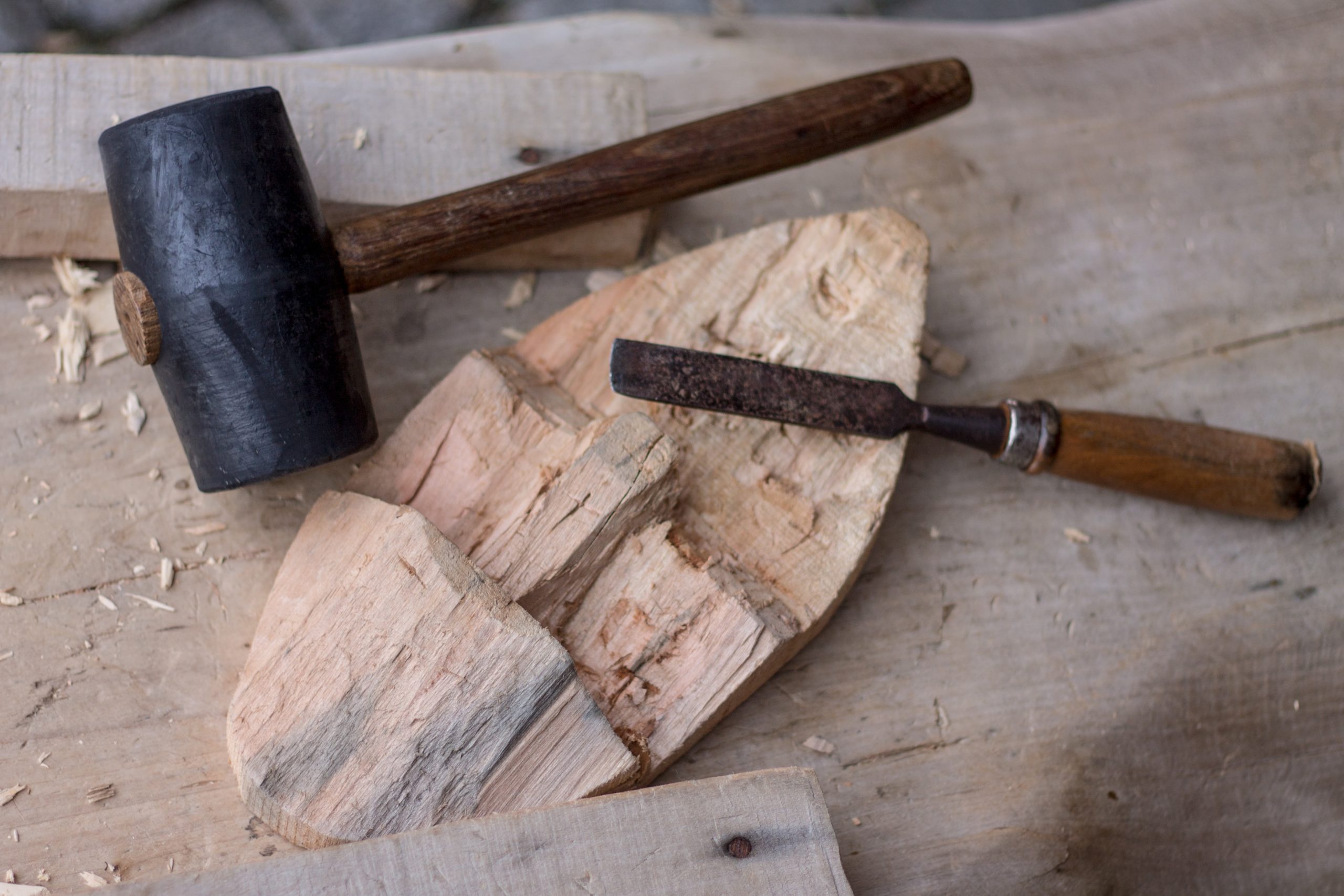
Sledgehammers and Hammers
They have a lot of weight and are used by blacksmiths when breaking stone and other activities where increased striking power is required.The instruments are equipped with blunt-nosed and pointed heads, and the latter are of two types - the toe is located transversely or longitudinally. Often seen in a forge, used to deliver strong and powerful blows.
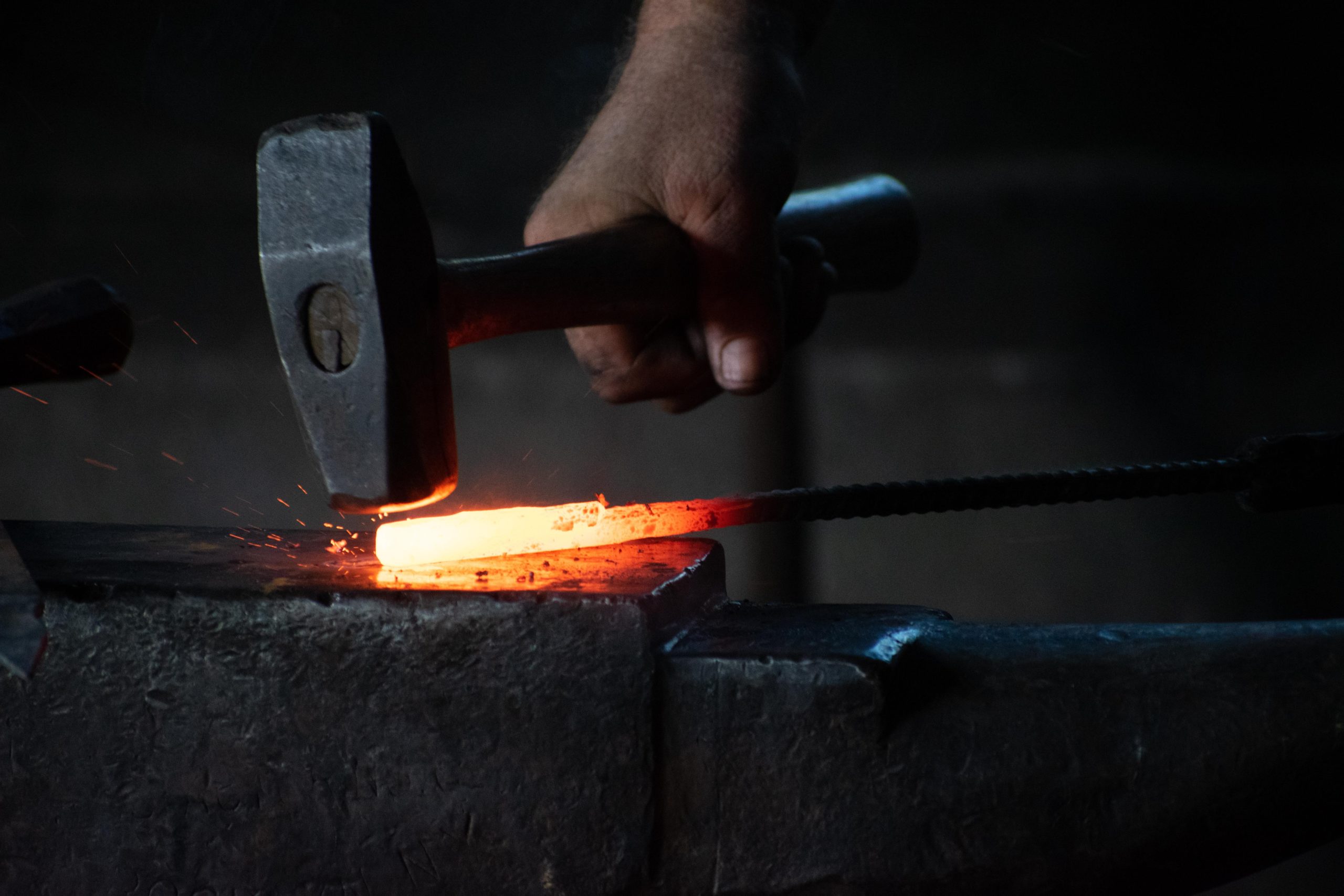
Specific
The varieties of unusual products and their purpose are more interesting than it might seem at first glance.
Concrete Expert's Hammer
Quite an interesting tool. Other names: Schmidt's hammer, sclerometer. The meter is used in several cases:
- identify the strength of construction made of concrete, as well as mortar;
- find weak points in the design;
- control the quality of the finished object.
The product may vary in appearance depending on which items are tested.
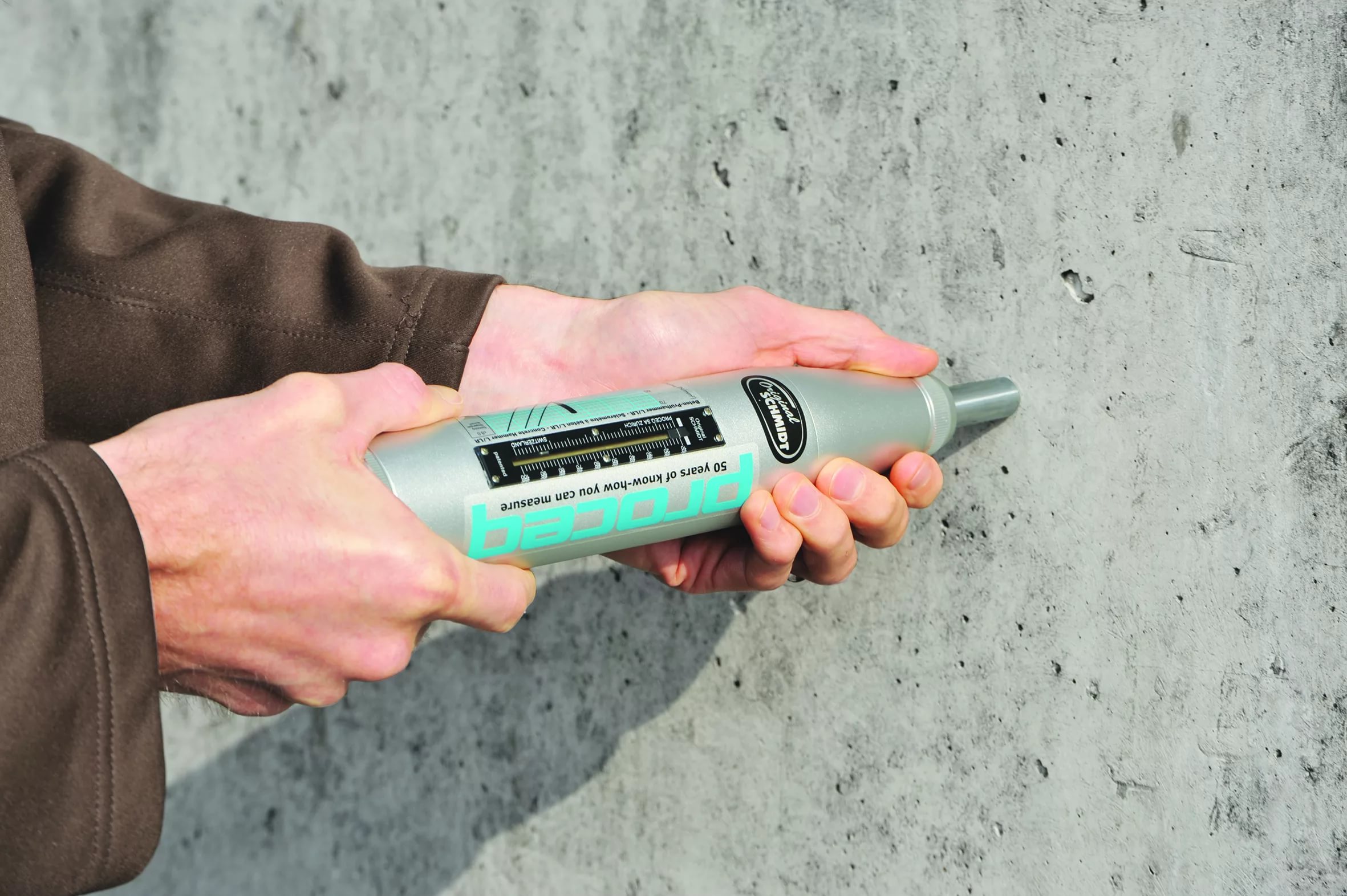
Back
This is a hand tool used to repair a car body by creating a retracting force. Unlike the usual variety, it affects the surface not due to deformation during driving, but, on the contrary, drags the metal towards itself.
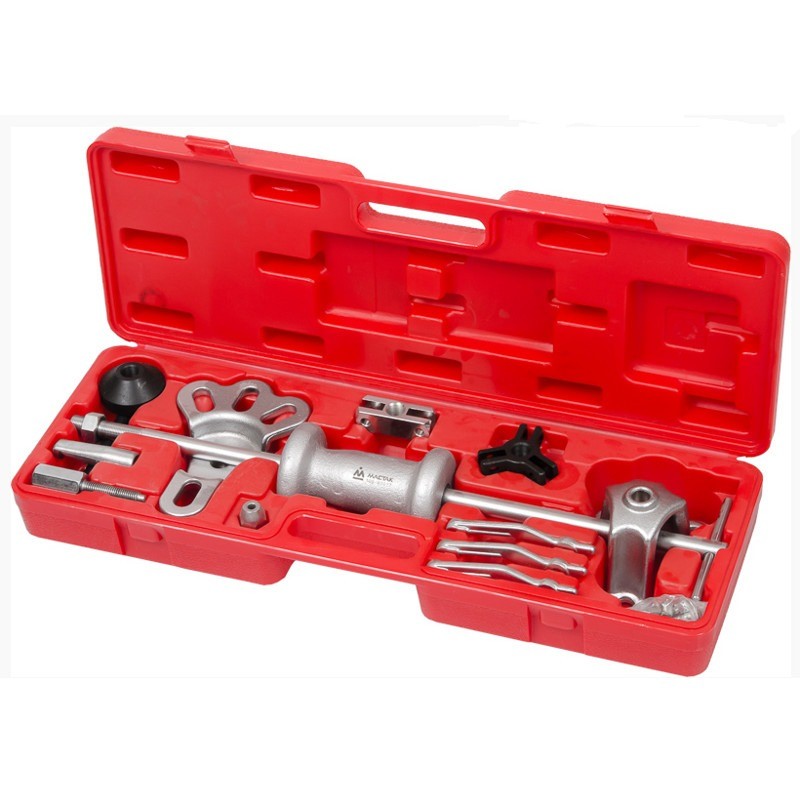
Copper
The difference is that there are no sparks when struck. This feature, as you might guess, is provided by copper. The form, of course, can be different. Often used by firefighters or gas service specialists.

Rocky
A special product used by mountaineers, rock climbers and speleologists for fixing and removing rock pitons, punching bolt holes, processing sharp edges of ledges on rocks when providing insurance, etc.
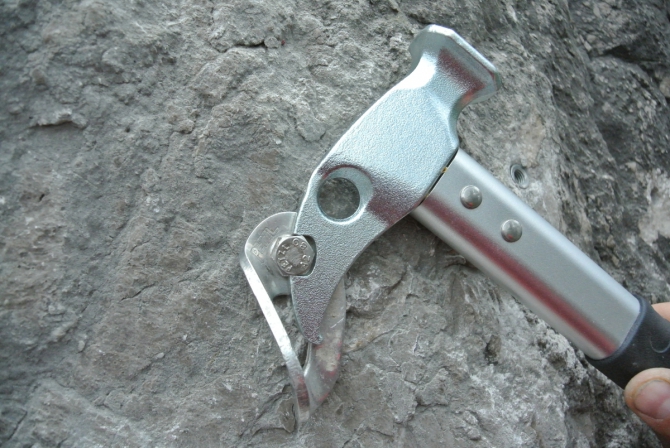
Geological
Also known as a rock pick or geological hammer - for splitting and breaking rocks. Field geologists use them to analyze their composition and further study their strength, orientation and nature.
Pickaxes are also used to discover fossilized remains.
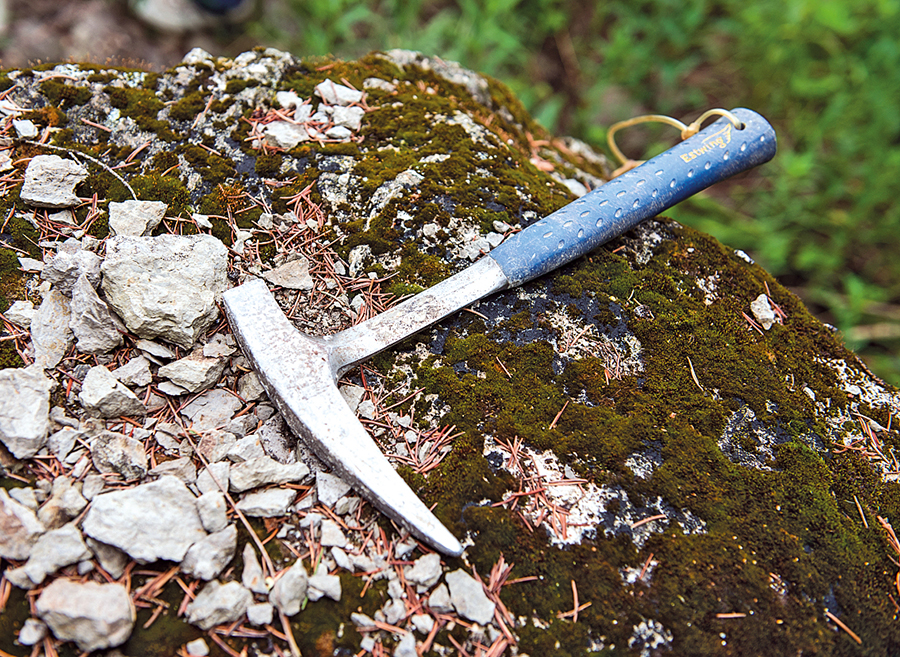
Gavel of judges and auctioneers
These are ceremonial props, usually made of fine wood, usually with a figured handle, which guarantees strength and durability for direct use. Often such items contain inserts of expensive fabrics, precious stones and other decorative elements. These hammers are often true works of art, with engravings, carvings and other exquisite details.

Neurologist's hammer
For an initial examination of the patient and identification of pathologies of the nervous system and reflexes. The most important tool for a neurologist. It is often equipped with a brush and a needle for testing sensitivity, as well as a centimeter mark on the handle.
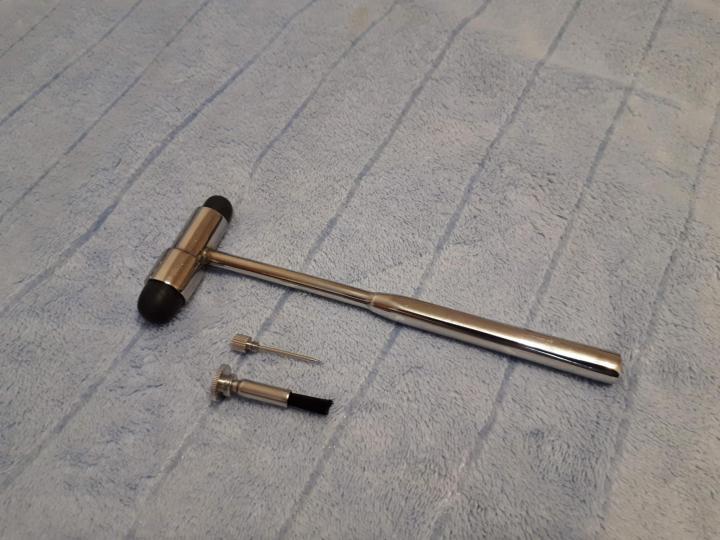
Kitchen
And this is an accessory that can be found in literally any home. Serves for beating meat and softening fibers, as well as preparing it for further cooking. Typically made entirely of metal for strength and durability.
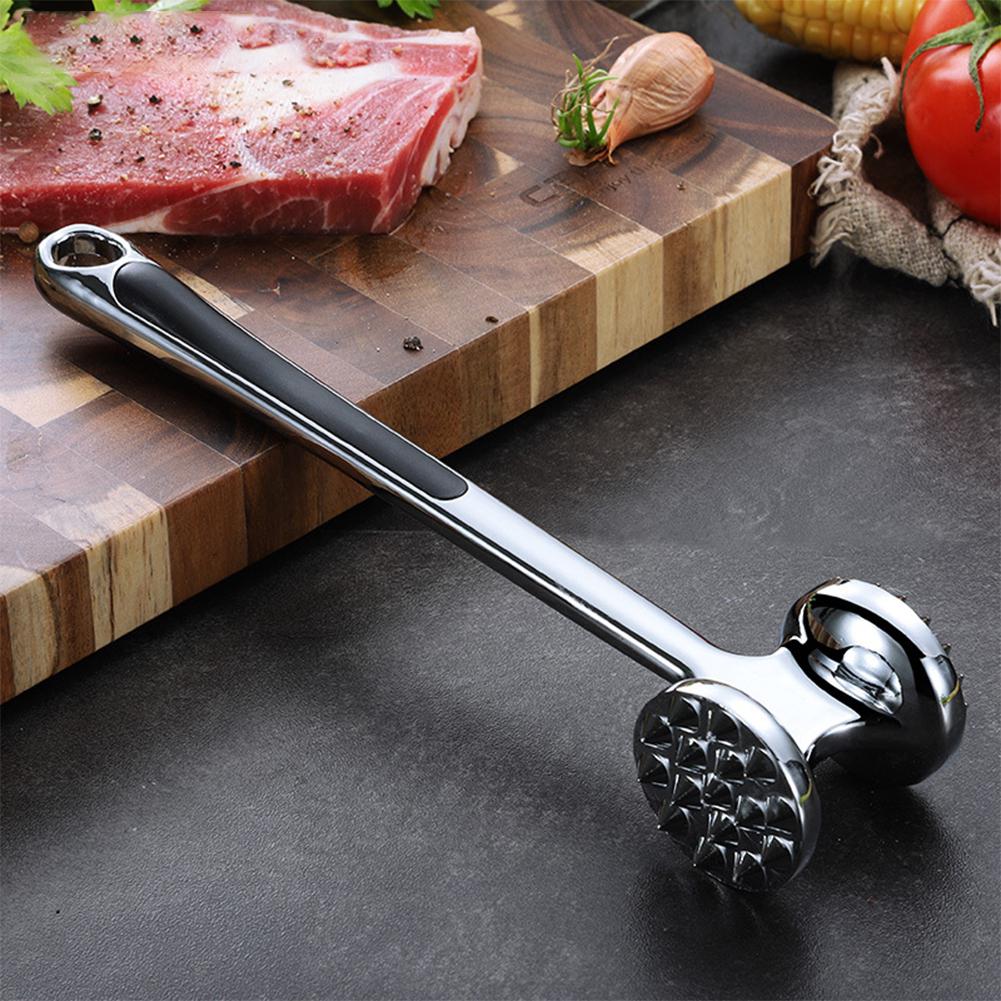
Surgical
Creates a shock effect on files or osteotome for the purpose of cutting bone. It is almost always metal (as a rule, cast iron is used), but there are also models made of wood. This tool has its own varieties, but they are usually classified only by size: small, medium and large. In order to muffle the impact sound, there is a rubber pad on one side of the pad.
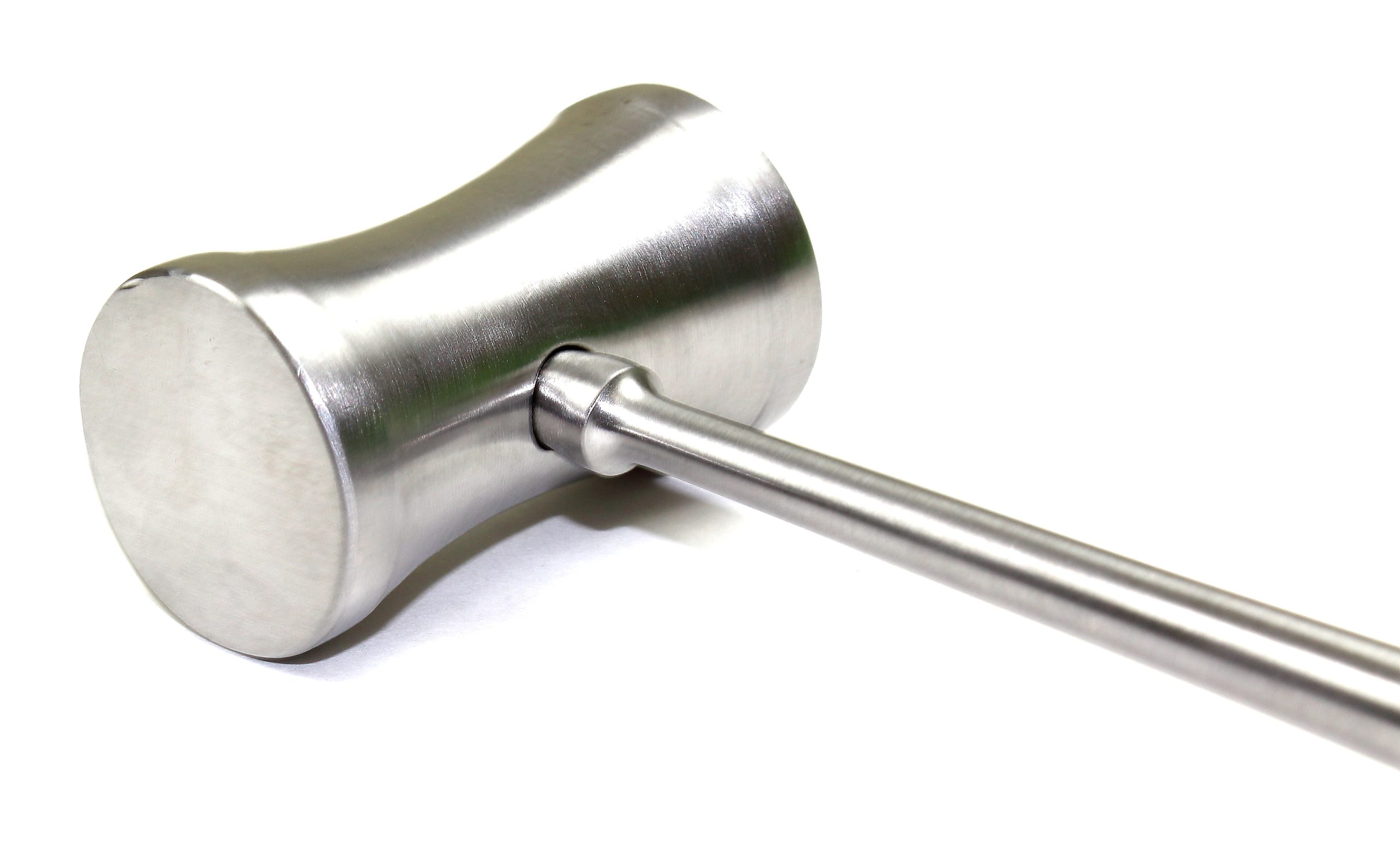
What types of hammer handles are there?
Made from wood, steel or composite material:
- Hardwoods are best suited for wood. They have good cross-sectional strength and a certain degree of elasticity, allowing them to absorb vibrations from repeated impacts.
- Steel handles are more durable and rigid than wood handles, but they transmit more shock to the user and are susceptible to corrosion. Typically have a contoured handle made of synthetic rubber or other elastomer.
- Combined ones can be made of fiberglass or epoxy resin reinforced with graphite fiber. These handles are quite rigid, but at the same time light and durable.
- Fiberglass is much stronger than wood - such a hammer is more wear-resistant. Plus, it is unlikely to begin to dry out, and does not change in size at all.
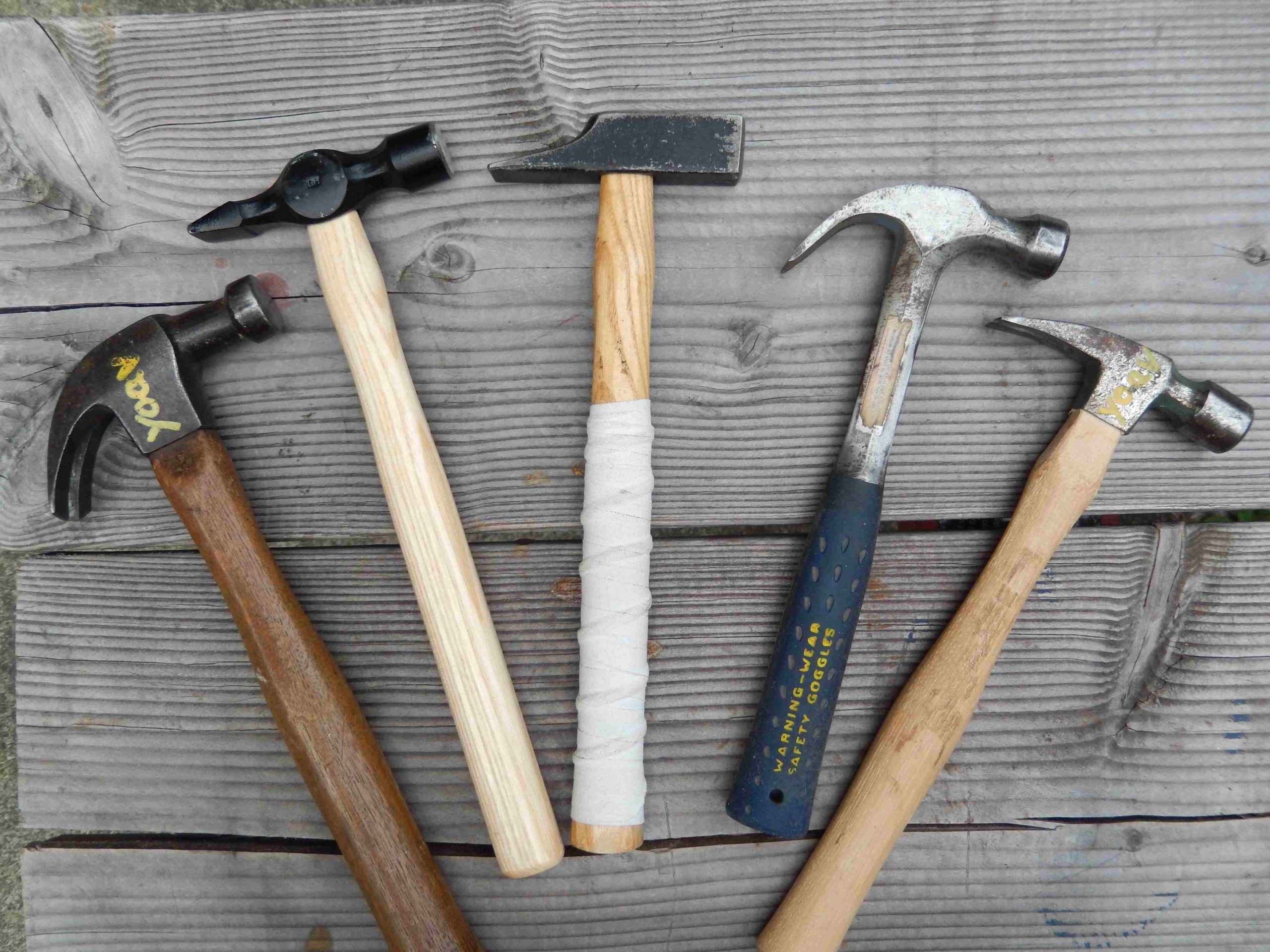


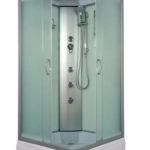

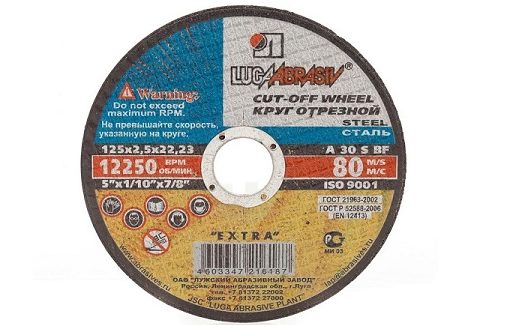

They forgot the shoemaker's hammer...